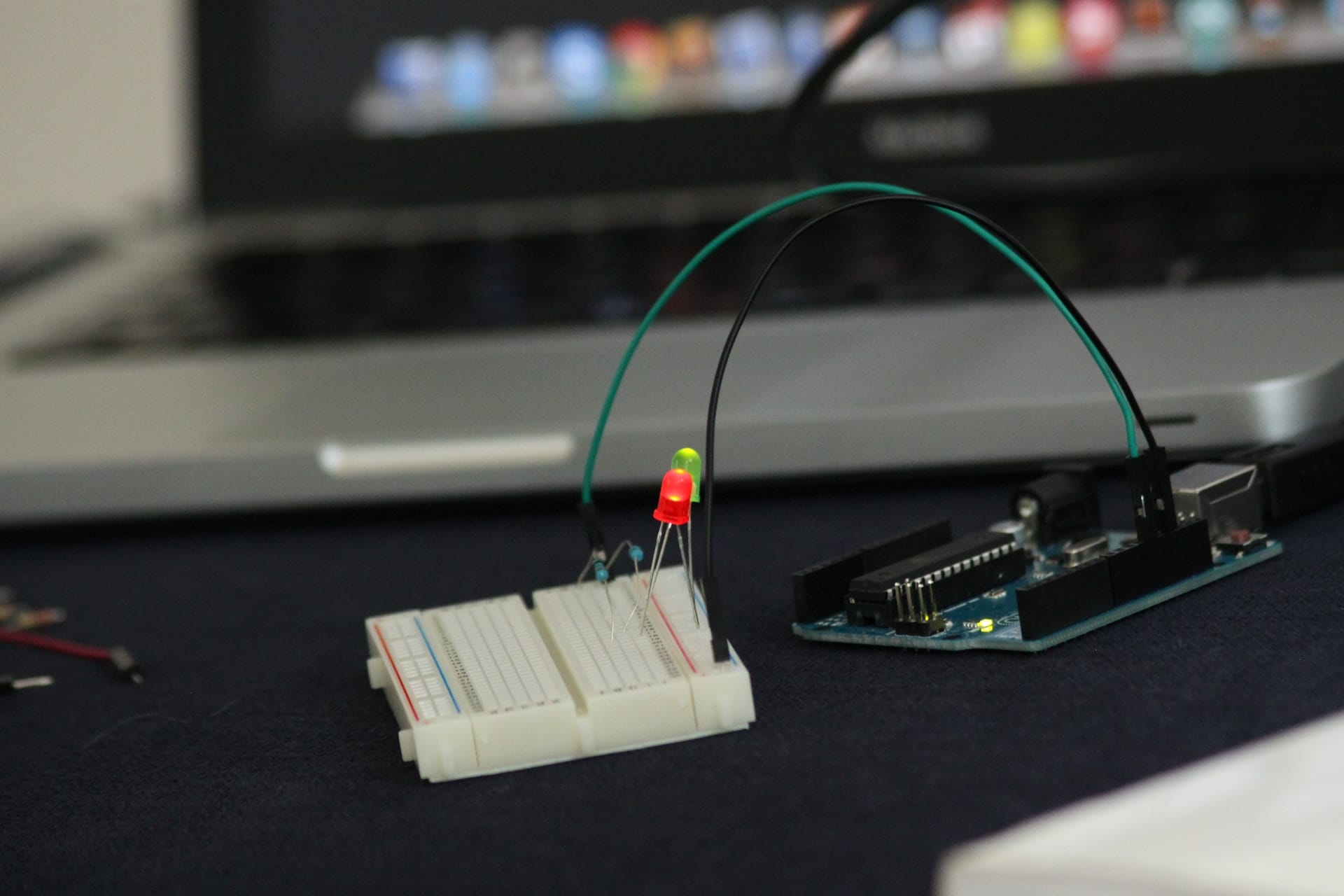Learn Electronics

We live in a technologically-advanced world, surrounded by electronic gizmos and gadgets. As electronic gadgets form an integral part of our lifestyle, understanding how to read schematics, program and how to build circuits, and solders instills a unique thought of the world we live in. But what is the best method to learn electronics? If you don’t know what you need to learn, you can easily waste a lot of time learning unnecessary things. Additionally, skipping some of the simple but crucial first steps may make you struggle with even the basic circuits for a long time. Let’s take a look at the methods that work and that don’t.
Classroom learning
A product category under robotics kits, consisting of “educational rovers” is designed in such a way that it is purchased by teachers in bulk so that every student or a small group of students gets hands-on experience in experimenting with technology. These rovers, which are either pre-built or mostly built and pre-configured for various simple tasks like obstacle avoidance and line following, consist of soldered circuit boards. The endeavour is not only to minimize the coding time but also to help students learn to code. Though this method of learning is not considered to be the best way to learn electronics, it is believed that the projects certainly generate passion among students towards electronics. The possibilities for expanding the rovers are high – ranging from bolting on another sensor to changing the method of programming.
Notably, one of the best kits that can be experimented with is Blinky Grids, designed by Wayne and Layne. This kit guides the users to build a small LED matrix. It has 56 LEDs and can display text and animation in a variety of ways. What makes the Grid so special is that it requires no special cables or knowledge of programming. All that one has to do is to visit the Blinky Programmer website, enter in the text and animations, and hold the Blinky up to the screen. On clicking the ‘Go’ button, the operator can witness the blinking square while transmitting the data to the Blinky Grid. This easy-to-use electronics fascinate students who want to learn about electronics and make something with their hands.
Learning electronics as a hobby
For many, electronics is one of the greatest hobbies ever. There are thousands of people who play around with electronics as an avocation or part-time interest and activity. There are dozens of magazines and online portals that support hobbyists. One of the biggest advantages for the hobbyists, unlike many students, is their interest levels. Hobbyists enjoy learning more about electronics by designing practical projects themselves. There are many hobbyists, who teach themselves electronics from the scratch by working on analog projects, including Heathkit models, ham radio sets, and BEAM robots, which, in the recent times, are purely digital projects.

We believe that hobbyists who are truly interested in electronics and aspire to learn by making those Sparkfun or Adafruit projects will certainly – sooner or later – make their own breakout boards. These explorations will help hobbyists learn the designing aspects of circuit boards and assist in finding out why things work and why they don’t. Today, Arduino has an enormous fan base across the world and is frequently used for hobbies, classes, computer tinkering, and projects because it’s inexpensive and easy to learn.
Though the Internet answers all the questions of novice electronics enthusiasts, it is through their interest to explore and learn that hobbyists can really develop in-depth knowledge about the subject.

